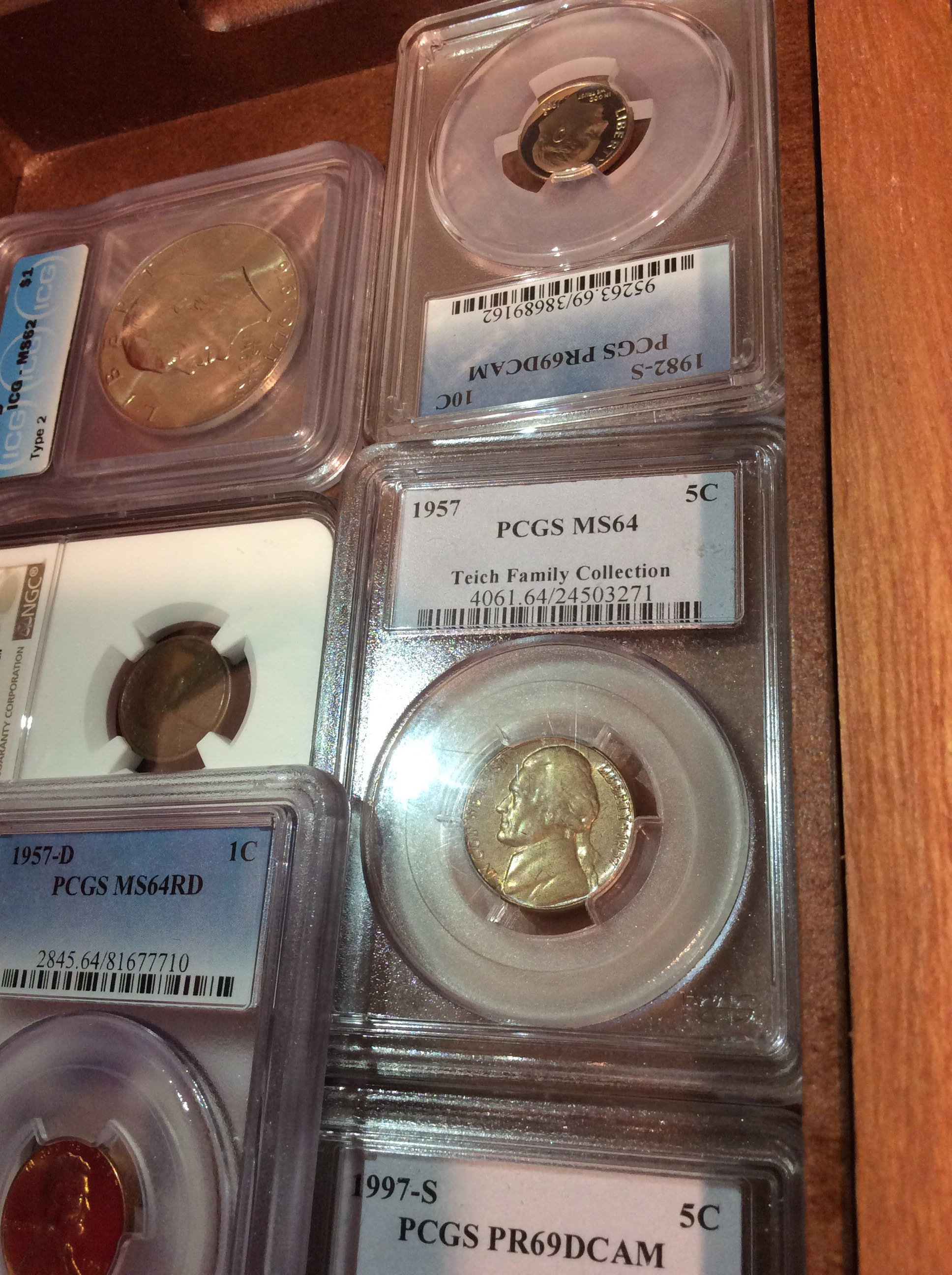Coin Collecting 101: Spotting the Hardest to Find Gems in Your Pocket
Collecting coins can be an exciting hobby, offering a captivating glimpse into history and artistry. For many enthusiasts, the thrill lies not just in curating a set of coins, but in finding those rare U.S. coins that can be worth far more than their face value. From the glimmer of a unique 1909-S V.D.B. Lincoln penny to the vivid details of a 1921 Peace dollar, the search for treasure is as thrilling as it is enlightening.
Understanding how to spot these valuable coins in your pocket can open up a world of possibilities for collectors, from newcomers to seasoned pros. Whether you have a few of coins inherited from relatives or you occasionally pick up loose change, what to search for is key to spotting rare finds that could augment your set. In this guide, we will explore the essential tips and tricks to help you identify valuable American coins that might be hiding in the open.

Understanding Scarce U.S. Coins
When it comes to gathering uncommon U.S. coins, it is essential to grasp the factors that lead to a coin's scarcity. Rarity can arise from several elements including low mintage, historical significance, or unique errors that make certain coins stand out. For example, coins that were produced in restricted quantities or are no longer minted frequently catch the eye from collectors and investors alike. Recognizing these key characteristics can assist you discover potential treasures in your own pocket change.
Another crucial element in identifying uncommon coins is knowing the varieties and dates that are considered precious. Certain years are infamous for producing coins that are in great demand, such as the 1909-S V.D.B. Lincoln penny or the 1955 double die penny. Getting to know these specific dates and the distinctive characteristics of each coin can greatly improve your ability to recognize rarity. Coin guides and catalogs can be very helpful resources to determine and verify the rarity of specific coins.
State also plays a significant role in determining a coin's rarity and value. ngc rare u.s. coins are assessed on a scale, and a coin in pristine condition will naturally be of higher value than one that is heavily worn. Comprehending grading systems will enable you to judge the coins you find. Factors such as luster, surface quality, and the presence of marks will influence how rare a coin is viewed, making it crucial for any collector to know how to evaluate these aspects thoroughly.
Recognizing Valuable Money within General Use
When searching to identify strategically valuable U.S. currency, it is important to understand which things to search for. Numerous collectors discover rare coins still in circulation due to their unique characteristics, such as production marks, rarity due to few minted, or errors during production. For instance, coins issued in specific years when production was low can typically hold considerable value. Knowing to spot these years and the related coins can boost your odds of finding a hidden gem.
Quality plays a vital role in the worth of a currency. A coin may be rare, but if it is considerably damaged, its value can decrease dramatically. One must vital to assess the condition by reviewing the coin's surface for marks, dings, or excessive wear. Search for coins that still have distinct details and clarity, as these are likely to be considerably valuable. Think about using a magnifying glass to study the coin thoroughly.
An additional aspect to keep in mind is the interest for particular coins among collectors. Investigate which currently sought after in the market. Some coins may have a high demand despite being not particularly rare, while others may be scarce but not as desirable. Engaging with internet discussion groups or joining a coin-collecting club can provide critical updates into popular preferences and interests, helping you improve your search for valuable U.S. coins hidden in your loose coins.
Tips for Building Your Rare Coin Collection
Building a rare coin collection requires both patience and strategy. Begin by informing yourself about the kinds of rare U.S. coins and their unique characteristics. Learn with essential dates, mint marks, and recognized variations that can boost a coin's value. Joining coin collecting clubs or attending coin shows can offer valuable insights and contacts with seasoned collectors who can provide their wisdom and insights.
As you kick off your collection, concentrate on quality over quantity. It is better to invest in fewer, high-quality rare coins than to acquire numerous coins of lesser value. Search for coins in excellent condition, as elements like minting errors, historical significance, and rarity heavily influence their worth. Check the provenance of the coins you purchase, and contemplate seeking the assistance of a respected numismatist to assist authenticate your finds.
Lastly, keep meticulous records of your collection. Keep track of each coin's purchase details, such as the date, price, and any important notes on its condition or rarity. This practice not only helps you organize an organized collection but also aids in determining the overall value of your holdings over time. Consistently review your collection to refine your goals and make educated decisions about future acquisitions or transactions.